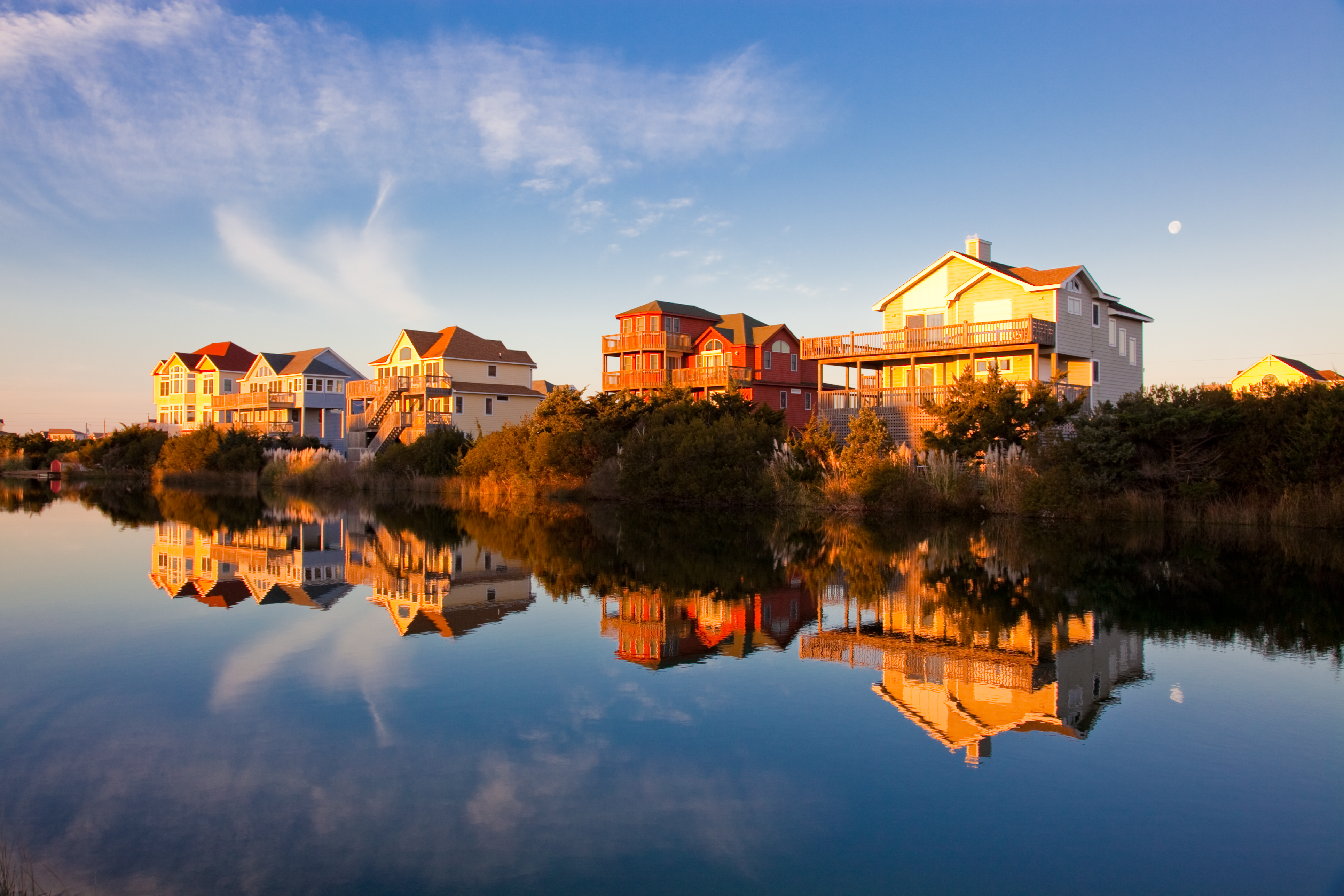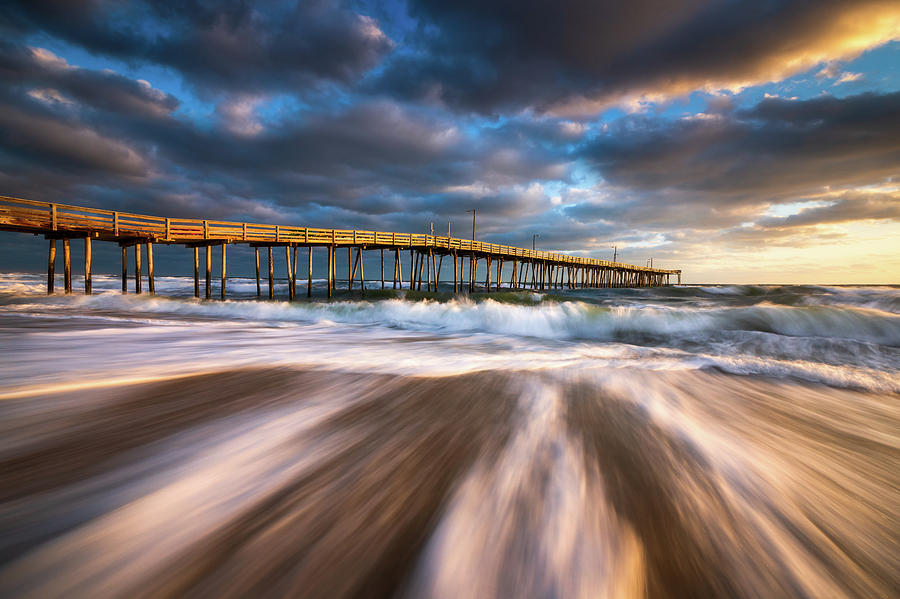
The old-timers used to live on the backside of the barrier islands. Hurricanes and nor'easters routinely swallow homes.Īs for the Comfort Inn, Pilkey calls it "a future disaster. The time will come when that will be a good offshore fishing reef." The shoreline in the Outer Banks has lost 1,500, in some places 3,000 feet in the last century and a half. The time will come when that will be a good offshore fishing reef." (Jesse Costa/WBUR) Orrin Pilkey of Duke University, says this seven-story Comfort Inn, built on Nags Head Beach, is "a future disaster. And Pilkey says there’s no comfort from the prospect of future storms. Past storms swallowed both its pool and its deck. Either way, the Comfort Inn is too big to move. But he missed the ground floor, which makes seven stories. "There is a one, two, three, four, five, six story building that’s right next to the beach," he says. Pilkey says the hotel is a symbol of the problem. Trouble begins, though, when people build big houses and motels close to the shore along the ocean side, like the Comfort Inn at Nags Head Beach. The islands of North Carolina's Outer Banks want to migrate west, and normally that happens when waves and wind along the island's ocean side carry sand over the dunes to the back side, where the waters are quiet. "The buildings are doomed too." (Jesse Costa/WBUR) "These beaches are doomed," Pilkey predicts. It’s the only way to save the buildings." Orrin Pilkey, of Duke University, examines the health of a handful of sand on Nags Head Beach. "The future is one of retreat," Pilkey says. Pilkey predicts catastrophe in vacationland. Traveling through a shanty town of triple-decker McMansions on stilts, motels and condos too close to the sea, we stop in the town of Nags Head. "These beaches are doomed," says Orrin Pilkey, a professor at Duke University and an octogenarian prophet.

A view of Rodanthe Beach on North Carolina's Outer Banks. Nearly 200 miles of low-lying, shifting sand islands link into a high energy system of waves and storms. Leonardo Da Vinci wrote that "water is the driving force of all nature."įascinated by great storms and terrible floods, DaVinci would have loved the Outer Banks of North Carolina. A bit farther down the Atlantic Coast, there's a place that’s on a faster track to where we too may be headed. It’s a problem we will share with every coastal community on every continent. In Massachusetts, the rising sea will mean more frequent flooding, more severe storms, and dramatic change. The United Nations Intergovernmental Committee on Climate Change has projected sea level rise of 1 to 3 feet by the end of the century, and more recent estimates by NASA and other scientists have projected a rise of up to 8 feet. The first truly global disaster resulting from climate change may come from rising sea levels.

(Jesse Costa/WBUR) This article is more than 4 years old. The house was part of a larger development of houses that have either been moved or have succumbed to the ocean. The Atlantic Ocean laps at the feet of a condemned house on Seagull Drive on Nags Head Beach on North Carolina's Outer Banks.


 0 kommentar(er)
0 kommentar(er)
